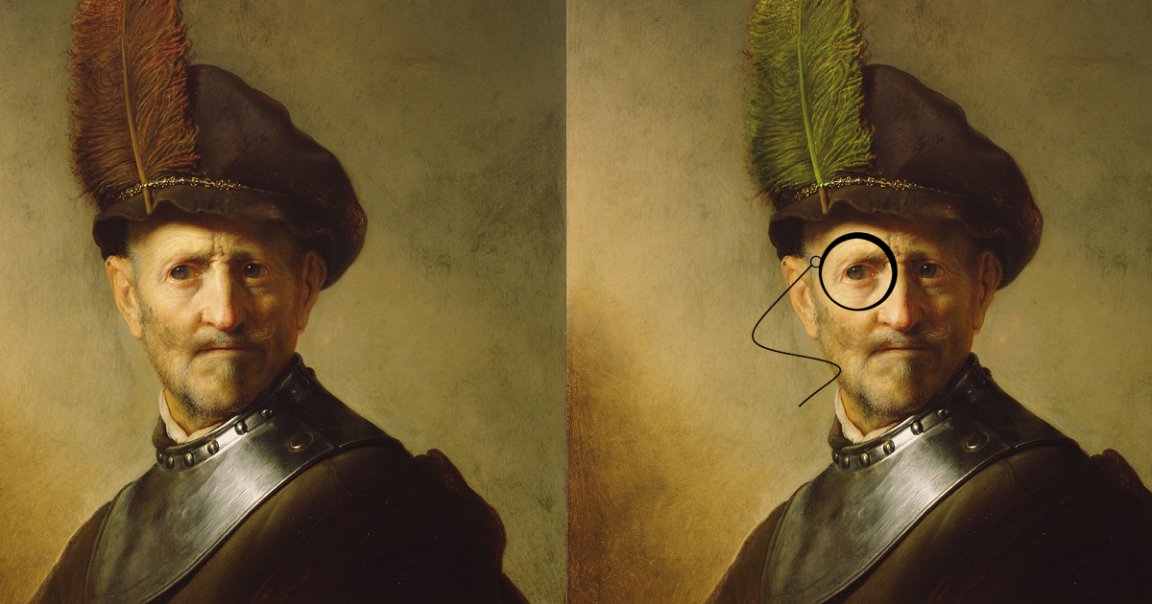
Rembrandt Rip-Off
A couple from Massachusetts has trained a neural network to spot the difference between real oil paintings by 17th century Dutch painter Rembrandt and clever imitations.
As IEEE Spectrum reports, many of the 611 paintings attributed to Rembrandt are thought to be imitations, copies and forgeries. The idea is that this new AI could potentially help separate the authentic ones from the fakes.
Neural Artwork
The couple trained a “convolutional neural network,” which is an AI commonly used in image recognition algorithms, by showing it hundreds of works by Rembrandt and known fakes. Rather than feeding it complete scans of entire paintings — massive files in the gigabyte range that could take forever to process — they split them into much smaller tiles, 13,000 of them in total.
And the results of an initial test are promising: the neural network differentiated fake from real paintings with a 90.4 percent success rate.
But it still takes a zoomed-out view for the AI to do an effective job.
“If you really want to see what differentiates Rembrandt, you have to look at a bigger piece of the canvas and at a larger compositional level,” Steven Frank, who built the AI with his wife Andrea Frank, told IEEE Spectrum.
READ MORE: Amateurs’ Al Tells Real Rembrandts From Fakes [IEEE Spectrum]
More on AI and art: This Algorithm Can Create 3D Animations From A Single Still Image